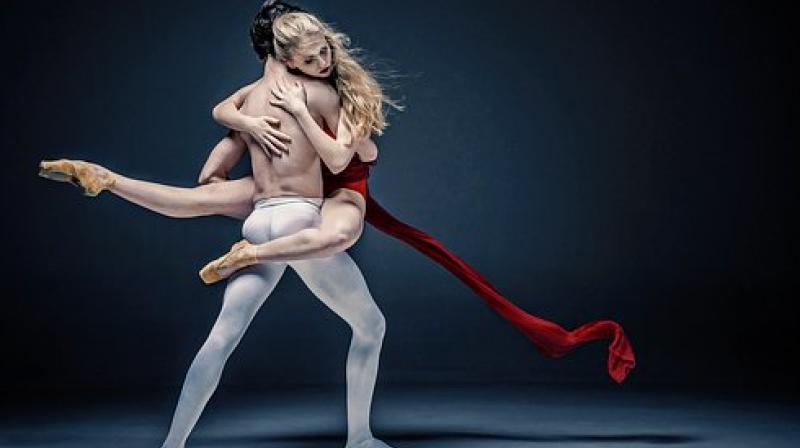Dance can be therapeutic for your professional life

Dance is a holistic activity for the mind, body and soul. Using dance as a medium of physical activity and creative outlet helps to channelise the energy in a resourceful manner. Working professionals tend to lead a sedentary stressful life. With dance, they find a way to release stress, to disconnect from their worries and just do something they love to refresh their mind. Shiamak Davar highlights how dance can be therapeutic and can be extremely beneficial for your professional life.
It channelises their mind into a positive space and incorporates a form of physical activity into their otherwise stationary life. Dance also helps people in socialising and expanding their circle by connecting like-minded people. Today, a lot of corporate invites my faculty to teach in the premises of their offices during/post working hours for their employees to engage in a team-building exercise that helps them stay fit.
This is how dance can keep you fit, mentally and physically and provides a newer perspective towards mundane activities:
Finding inspiration to grow: Dance as an activity improves nonverbal communication as it involves multiple physical formations which are used to express and get the message across. Music speaks to the soul and when it’s combined with dance, we grow internally and mentally.
Team building: Dance builds trust, not just in yourself and your body, but also in your fellow performers. The idea of being collectively responsible for something leads to better team functioning and understanding.
A sense of positivity and internal peace in daily walks of life: Music in itself is therapeutic. The teaching pattern is interactive and communicative which ensures that the learning process is fun and stress-free. Health is a state of mind and fitness is a way of life. Dancing as a regime helps in releasing the stress that an individual goes through dealing with corporate pressure. It is an exceptional way to staying healthy.
Dance is a fun activity: Most of the time employees are caught up with work and a small amount of time is contributed to spending time with colleagues. Dance sessions incorporate organisations to build relations and provide a chance to engage with fellow members.
Increased self-esteem and confidence: Dancing builds confidence and reduces stage freight. While practising dance, an individual has several ways to express themselves without communicating verbally. This also increases self – esteem and develops an individual personality.
Improves mental health, productivity and efficiency of work: Dance reduces stress and helps one in releasing emotions. Dancing improves mental health and memory as it empowers the art of remembering. You know it is difficult to remember the whole choreography hence continuous practice is key. We see these days dance classes are mushrooming all across the country and I’m glad to see that many corporations are adopting it as practice sessions for their employees and it has grown so much.
Any activity that people engage in needs to become a part of their regular schedule to experience and appreciate its impact. It is a form of art that evolves constantly and continuously, so to imbibe the maximum, it is essential to make it a part of the routine. There is a progression in the participants’ ability to grasp choreography, understand movement and realising the positive impact it has on their personality, which one can only achieve by making it a part of their lifestyle and routine.

